Milwaukee Industry Thrives Despite Challenges

Alicia Dupies
Vice President and Milwaukee Business Leader
Gilbane Building Co.

Shannon Metoxen
Milwaukee Division Manager
JP Cullen
The Milwaukee construction market is robust with numerous projects approved or underway.
“Most construction companies are particularly busy, and the short-term outlook appears promising,” says Shannon Metoxen, Milwaukee division manager for contractor JP Cullen. “There is significant interest in large data center projects in the area, private health care and public school projects.”
Alicia Dupies, vice president and Milwaukee business leader for Gilbane Building Co., agrees that the ACE industry is thriving in such sectors as data centers, health care and education, along with demand in food and beverage, advanced manufacturing and corporate commercial work.
“Design and construction firms are actively addressing [corporate] clients’ needs for innovative and functional spaces,” she says.
Dupies notes that Wisconsin is emerging as a prime location for data center development, fueled by power availability, a business-friendly climate, a sales use tax exemption for data centers, economic incentives and ample undeveloped land.
“The region’s strategic location and infrastructure make it an attractive option for companies looking to establish or expand their data center operations,” she says.
Perhaps the best known of these projects is Microsoft’s $3.3-billion investment to build an AI-focused data center in Mount Pleasant, Wis., about 25 miles from Milwaukee. Construction is moving forward on the initial phase, but portions of the multiphase project have been paused to address design changes reflecting advancements in AI and cloud infrastructure technologies.
Players in the construction industry are not only keeping an eye on data center projects and changes to them, but on how emerging technologies will impact the construction industry itself.
“The industry continues to track, understand and adapt to ever-changing technologies and, of course, the way AI will impact and be integrated into the way we design and build buildings and infrastructure,” Metoxen says.
Dupies says demand for advanced manufacturing facilities also is growing, as evidenced by an expansion into Wisconsin by Eli Lilly, which is investing $3 billion to expand a facility it acquired from Nexus Pharmaceuticals in Pleasant Prairie, about 35 miles south of Milwaukee. It will be used to meet increasing demand for medical treatments for diabetes, obesity and for other conditions.
A project that will support overall investment and development is the Interstate 94 East-West project. Slated to start in late 2025, the $1.2-billion job will widen I-94 to eight lanes from six along a 3.5-mile stretch between 16th and 70th streets on Milwaukee’s west side.
As positive as the construction landscape has been in the Milwaukee area, it has not come without obstacles.
“The demand for technical design labor, skilled craft labor and technical construction labor remains high.”
—Alicia Dupies, VP & Milwaukee Business Leader, Gilbane Building Co.
“The AEC community in Wisconsin is facing several challenges, including labor shortages and rising material and equipment costs,” Dupies says. “The demand for technical design labor, skilled craft labor and technical construction labor remains high.”
Gilbane recently worked with the Wisconsin Policy Forum, a nonpartisan think tank, to evaluate whether the current construction workforce and pipeline of new workers in metro Milwaukee is strong enough to meet demand. The research delved into the demographics of the metro area’s workforce and identified certain trades that would experience greater attrition in coming years and how to better recruit and retain the construction workforce in the Milwaukee area.
The report, titled “Built to Last,” which is published on wispolicyforum.org, found that demographic trends suggest the need for expanded recruitment efforts.
Metoxen says contractors have done a “commendable” job addressing these issues alongside local trade partners, especially by informing young people about opportunities in the industry.
Rising material costs are another concern. “Material and equipment costs are escalating at an average rate of 4.5% year over year, with availability and lead times posing additional challenges,” Dupies says. “Some mechanical and finish components have lead times of six months to over a year, impacting overall construction schedules.”
Gilbane has responded by actively managing procurement and maintaining strong relationships with suppliers.
“Rising construction material prices due to inflation and supply chain disruptions present a significant challenge,” Metoxen agrees. “To mitigate this, companies are adjusting project bids and supply agreements and exploring alternative materials to manage costs effectively.”
Post a Comment
You must be logged in to post a comment.





